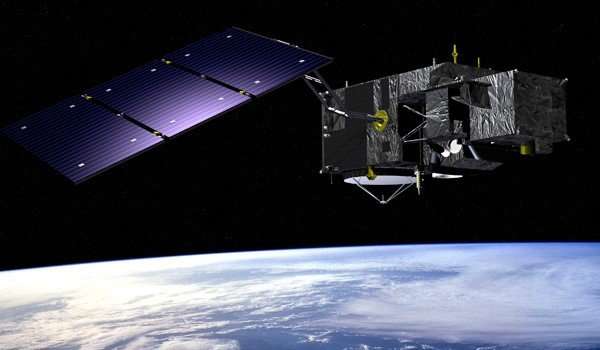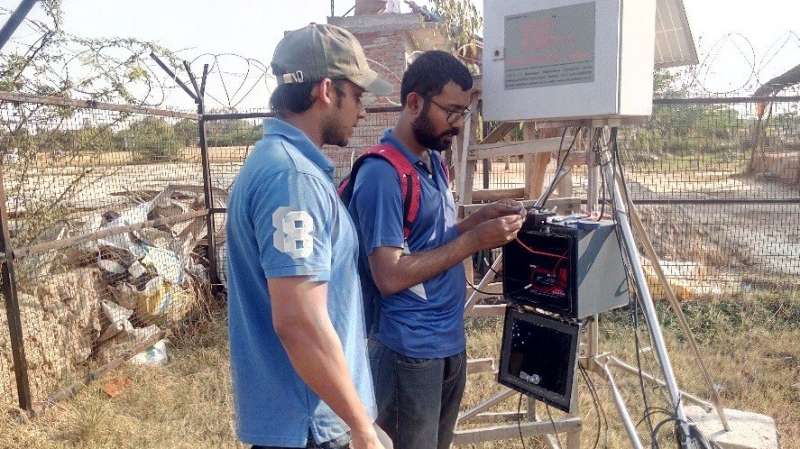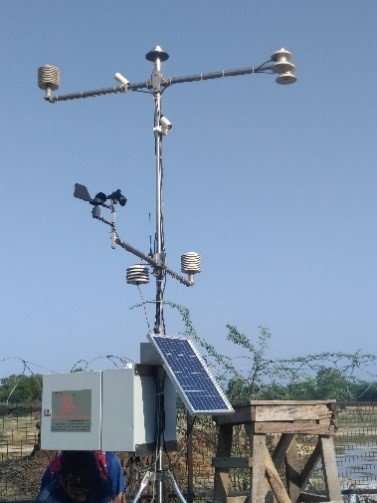Space technologies to help improve environmental and living conditions at banks of the Ganges

International scientists, including researchers from the University of Leicester, are using space sensors to monitor the health of land around the River Ganges in India, home to approximately 500 million people.
The Ganges flows through India and Bangladesh. UK and Indian scientists are using sensors on space-borne and unmanned aerial vehicle (UAV) platforms to map an area—a new Critical Zone Observatory (CZO) - on the banks of the Ganges Basin.
The CZO encompasses agriculturally-rich land, however climate unpredictability combined with ground-water depletion and high levels of poverty are directly threatening the livelihoods of farming communities living within the Ganges Basin.
The project, funded by UKRI Science and Technology Facilities Council (STFC) through the UK's Global Challenges Research Fund, will bring together UK and Indian expertise to generate new scientific observations which will advance our understanding of sustainable land-use, secure and resilient food systems and water security.
The CZO was set up by Rajiv Sinha and colleagues from the Indian Institute of Technology Kanpur (IITK) as part of an international effort to determine how land and atmosphere interactions within the CZO ecosystem are impacted by human-induced and environmental disturbances. The CZO, supported by the Indian Ministry of Earth Sciences (MoES), has a network of hydro-meteorological instrumentation with data being collected for more than a year. The CZO will be augmented with high-resolution thermal infrared sensors and measurements through the STFC project.

Space scientists Harjinder Sembhi and Darren Ghent, of the Department of Physics and Astronomy at the University of Leicester, will monitor the CZO using land surface temperatures (LST) derived from data collected by the SLSTR (Sea and Land Surface Temperature Radiometer) instrument, flown on board the European Sentinel 3A mission and calibrated at the STFC RAL Space Centre Calibration Facility.
Project leader Harjinder Sembhi said: "This project is about using high-quality SLSTR observations to characterise how vegetation is impacted by agriculture practises (such as irrigation regimes and crop rotation) and identify how the changing climate is impacting the landscape. With our NGO partners, The Flow Partnership-UK and The Energy and Resources Institute, we will disseminate information through stakeholder engagement with policy-makers and farming communities and co-develop evidence-based strategies to make future policy recommendations."
The Leicester team and IITK scientist Sachidanand Tripathi will install high-quality radiometers at the CZO to provide the first opportunity to assess the quality of SLSTR measurements in the Indo-Gangetic Plain (IGP). Co-investigator Darren Ghent, who leads the SLSTR LST activities within the Sentinel-3 Mission Performance Centre, says this validation will strengthen the capability within the UK to assess the performance of the Sentinel-3 operational LST data product and facilitate the evaluation of the instrument and algorithms in higher temperature environments which can inform the STFC calibration team.
Co-investigator Martin Wooster from King's College London will work with IITK to generate the first in-depth mapping of CZO vegetation, crop residue burning and surface properties using high-resolution thermal and hyperspectral cameras flown on UAVs. The scientific observations collected during a dedicated measurement campaign will be implemented into land and hydrological models to derive downstream flux and emission estimates.
In addition to significant scientific outputs, this project will provide opportunities for researcher exchange that will boost capacity building in the area of space sensors for monitoring of the land and atmosphere.

More information: STFC stfc.ukri.org/index.cfm
Provided by University of Leicester



















